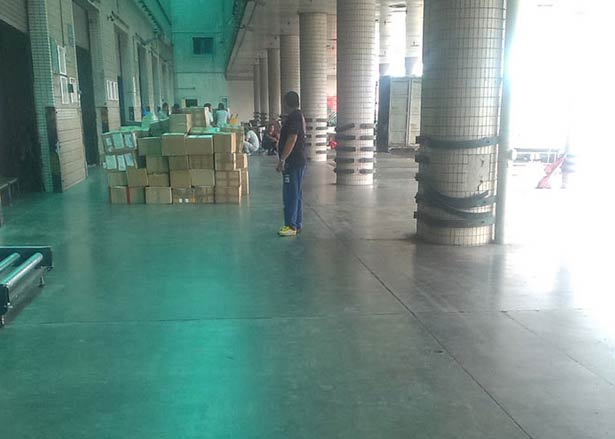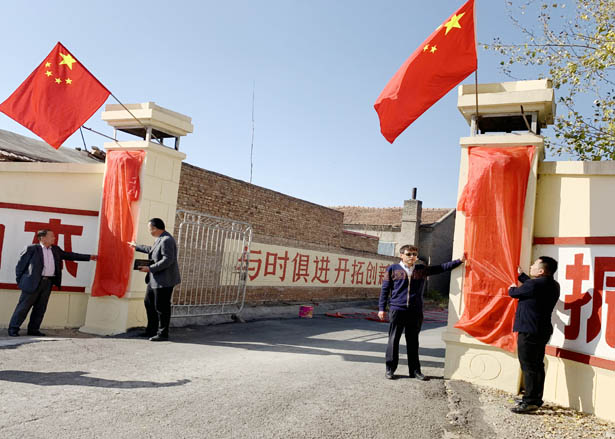Foamy fiber reinforcement for concrete represents an innovative approach in construction technology that seeks to enhance the performance and durability of concrete structures. This method involves the incorporation of engineered foamy fibers into concrete mixtures, thereby improving key characteristics such as tensile strength, crack resistance, and overall structural integrity. The application of these fibrous materials reflects a cutting-edge understanding of material science and engineering, aimed at addressing the limitations often faced by traditional concrete, particularly in terms of brittleness and susceptibility to cracking.
Research has shown that foamy fibers, which can be made from synthetic or natural materials, play a critical role in distributing stress and increasing ductility in concrete. When added to concrete, they create a multi-dimensional network that absorbs and redistributes stress across the material. This process not only improves tensile strength but also enhances the material's performance under various loading conditions, making concrete structures more resilient to dynamic forces like seismic activity or heavy traffic loads.
The use of foamy fiber reinforcement is particularly advantageous in environments where concrete is exposed to harsh conditions. For example, structures in marine settings, industrial facilities, or high-traffic areas benefit from reinforced durability and reduced risk of failure. These fibers also contribute to better thermal and acoustic properties, which broadens the applicability of reinforced concrete in diverse construction projects, from residential buildings to infrastructural developments.
Moreover, this reinforcement technique aligns with sustainability goals in construction. By enhancing the lifespan of concrete structures, foamy fiber reinforcement reduces the need for frequent repairs and replacements, leading to lower material consumption and decreased environmental impact. Additionally, the use of recycled or more sustainable materials in foamy fiber production furthers the potential for eco-friendly practices in the concrete industry.
Experts in civil engineering and materials science continue to explore the optimal types and proportions of foamy fibers for varying concrete applications. This ongoing research, combined with real-world case studies, contributes to a thorough understanding of how these materials work in practice, establishing a robust foundation of knowledge that underscores their effectiveness.
In summary, foamy fiber reinforcement represents a significant advancement in concrete technology. Its ability to improve structural performance while promoting sustainability makes it an authoritative area of study and application within modern engineering. As this field evolves, it holds the promise of transforming construction practices and enhancing the resilience of built environments worldwide.
Show More >>
PRODUCTS
You are welcome to contact us at any time, please write the message here and we will reply you in 24 houre. thanks foryour support.
NEWS
May.22, 2019



